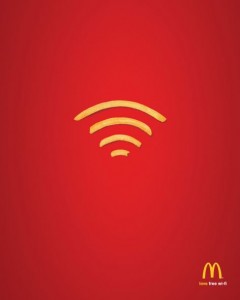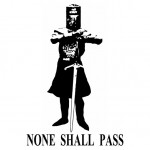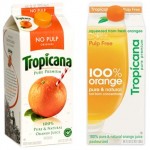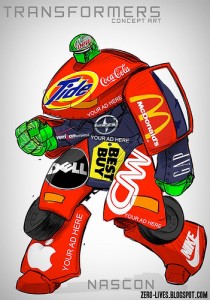After sitting down with my Big Mac this weekend, I thought about what made McDonald’s the successful and ever-so distinctive fast food chain it is today, and I made a connection to “points of difference” we covered in class.McDonald’s has always been ahead of its competition, and that’s why it’s on top nowadays. So I drew up a list of its POD’s:
- McDonald’s is part of a select few chains that offer a dinner and breakfast menu. McDonald’s offers 24 hour drive thru’s at many locations
- McDonald’s targets children with the famous “Happy Meal”
- McDonald’s offers the relatively cheapest fast food
- McDonald’s offers special recipes for burgers and sauces.
- McDonald’s has some of the highest health standards out of all chains.
 McDonald’s offers free wifi at every location.
McDonald’s offers free wifi at every location.- McDonald’s offers plan pens and video games for kids at select locations
- McDonald’s spends a ton of money on creative advertising.
- McDonald’s advertises towards children as well as adults
- McDonald’s offers an extensive menu of burgers
- McDonald’s offers scholarships to its employees
- McDonald’s restaurants sometimes have multiple floors
After coming up with my list of POD’s, it was easy to see why McDonalds became the largest hamburger chain in the world






